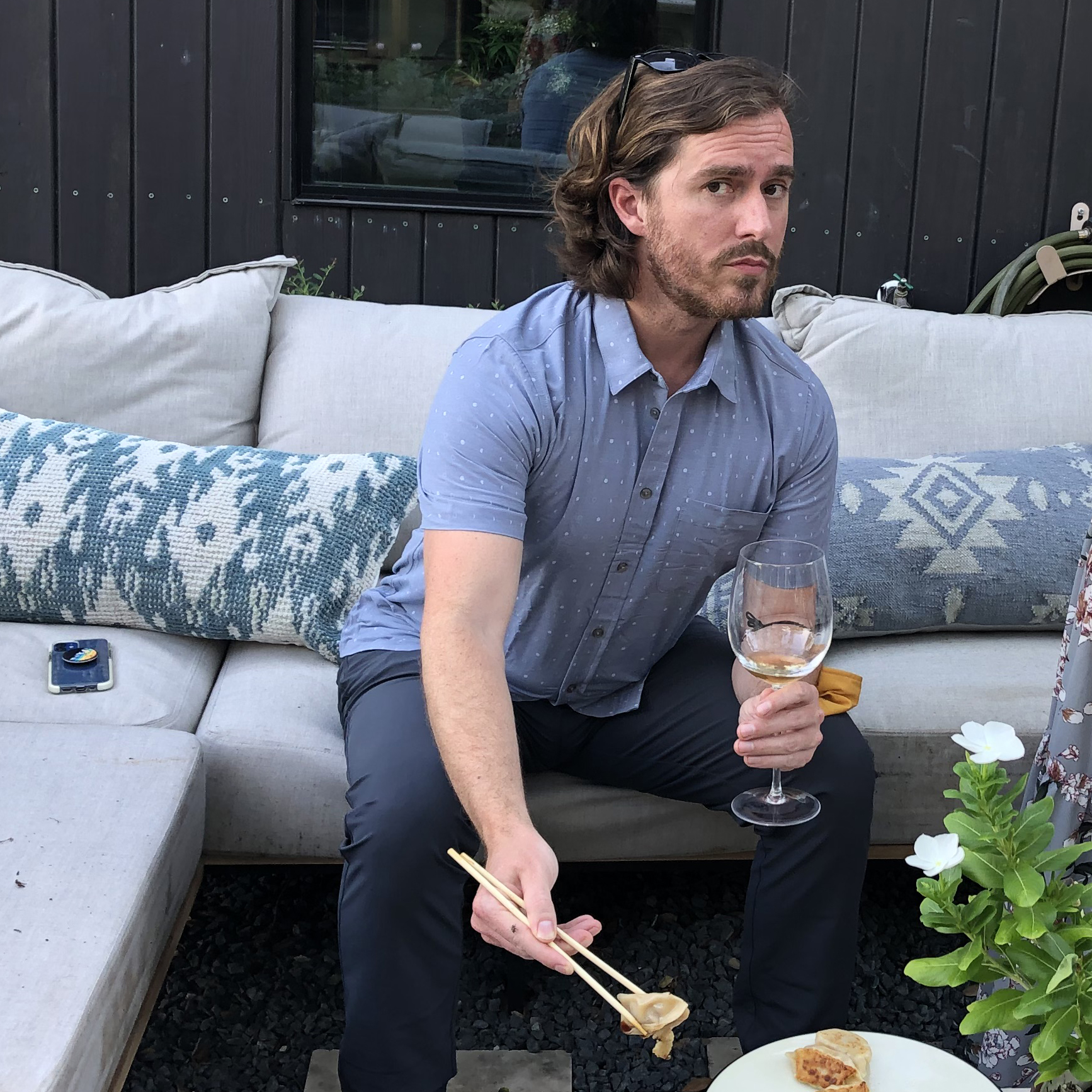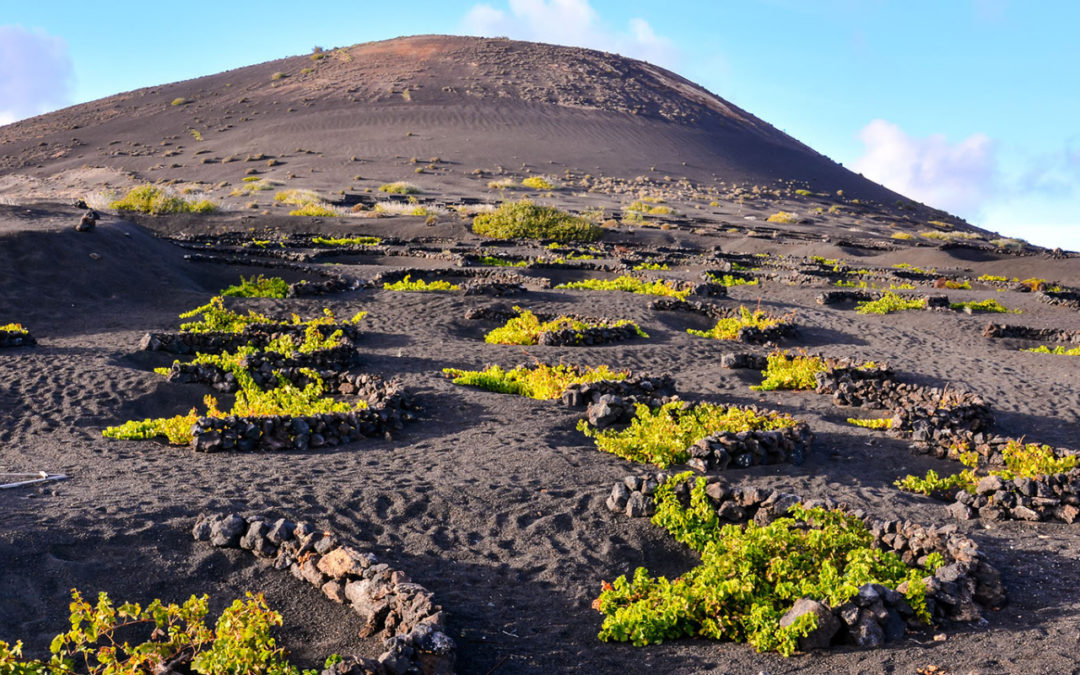Part 1
By Hutch Hill
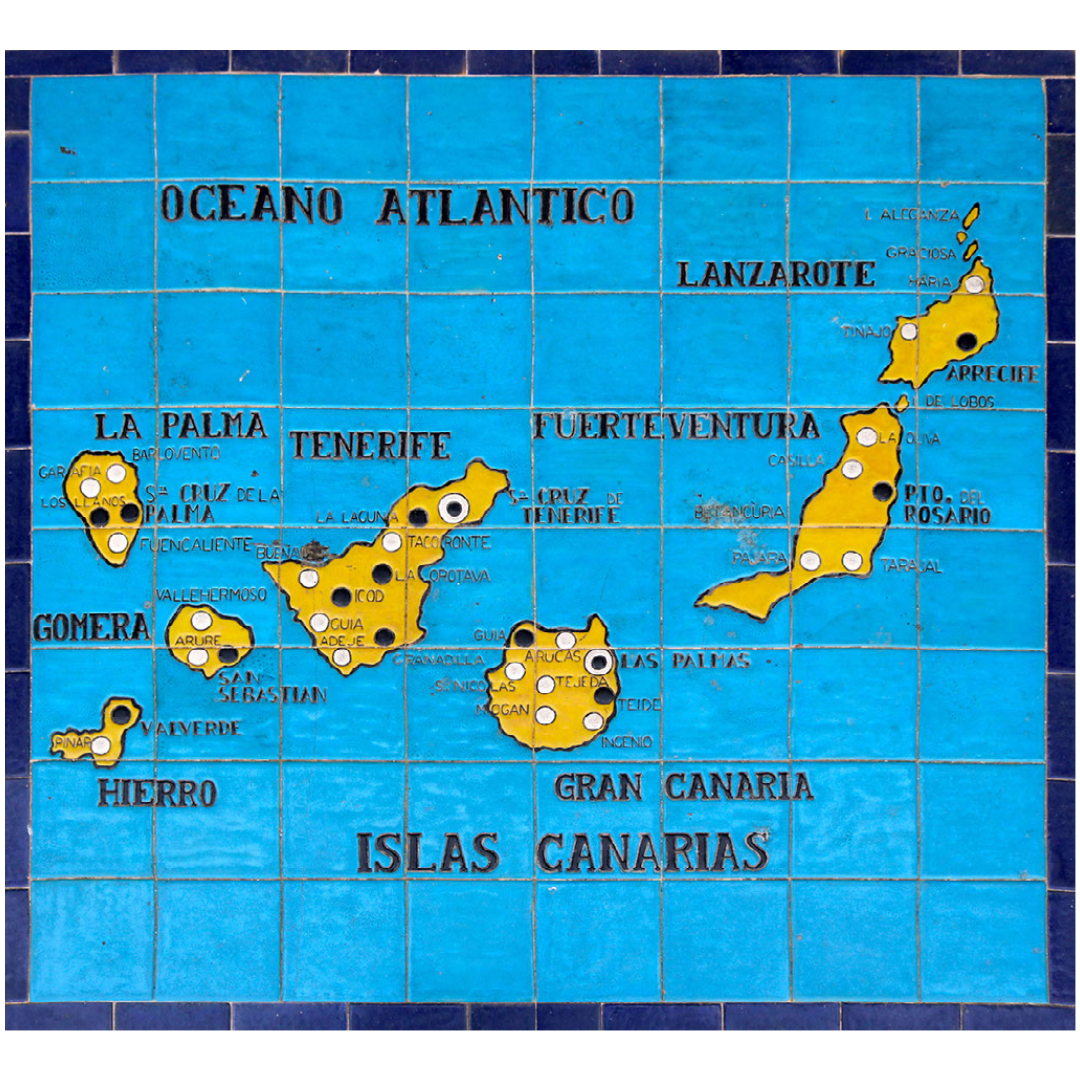
Of particular note were our first tastings of the Listan Negro and Listan Blanco, the two calling card grapes of Las Canarias. The Tajinaste Listan Negro is representative of the varietals in that it carries pepper and earthy aromas overtop a medium body of darker red fruits. The Listan Blanco, known for its favoring the volcanic minerality that abounds in the Canaries, is a medium acid white with fresh citrus blooms and wild fennel on the nose, and then peachy-apricot flavors. Both Listans are shapeshifters—the white in particular—responding and revealing different characters in the hands of different winemakers and grown from different parts of the islands.
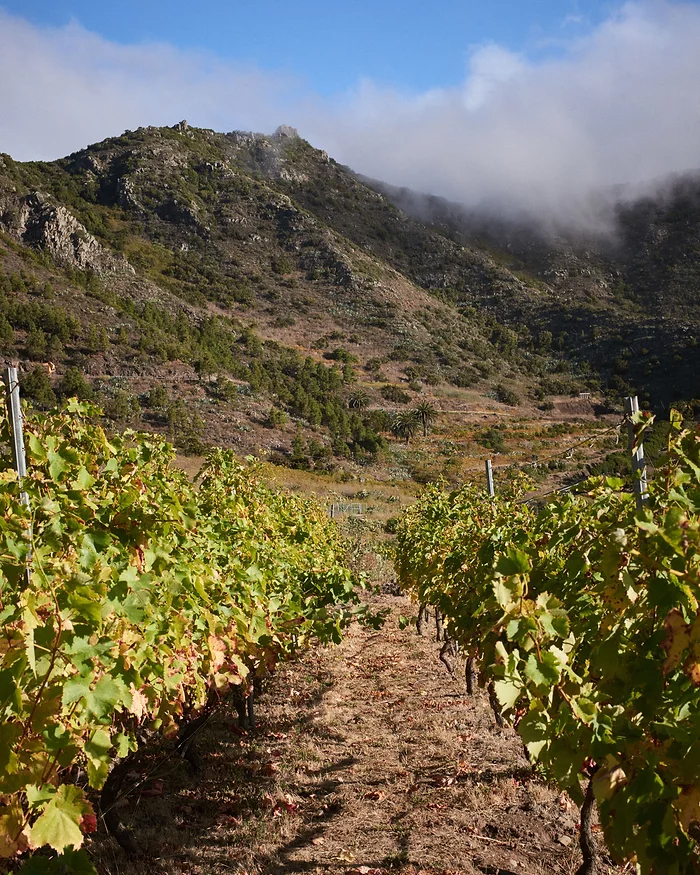
Photo Courtesy of Viñátigo
Sticking out in my memory (and underlined in my notebook), were the Negromoll and Vijiriega. Both reds, the Negramoll harkens to a Gamay/Pinot Noir personality—lighter in body and fresh and fragrant and crushable—while the Vijiriega Negro was more serious-minded and brooding, with leather and wood interlaced with the darker fruit characteristics. If one has the chance to drink any of the wines of Vinatigo, they simply ought to do so.
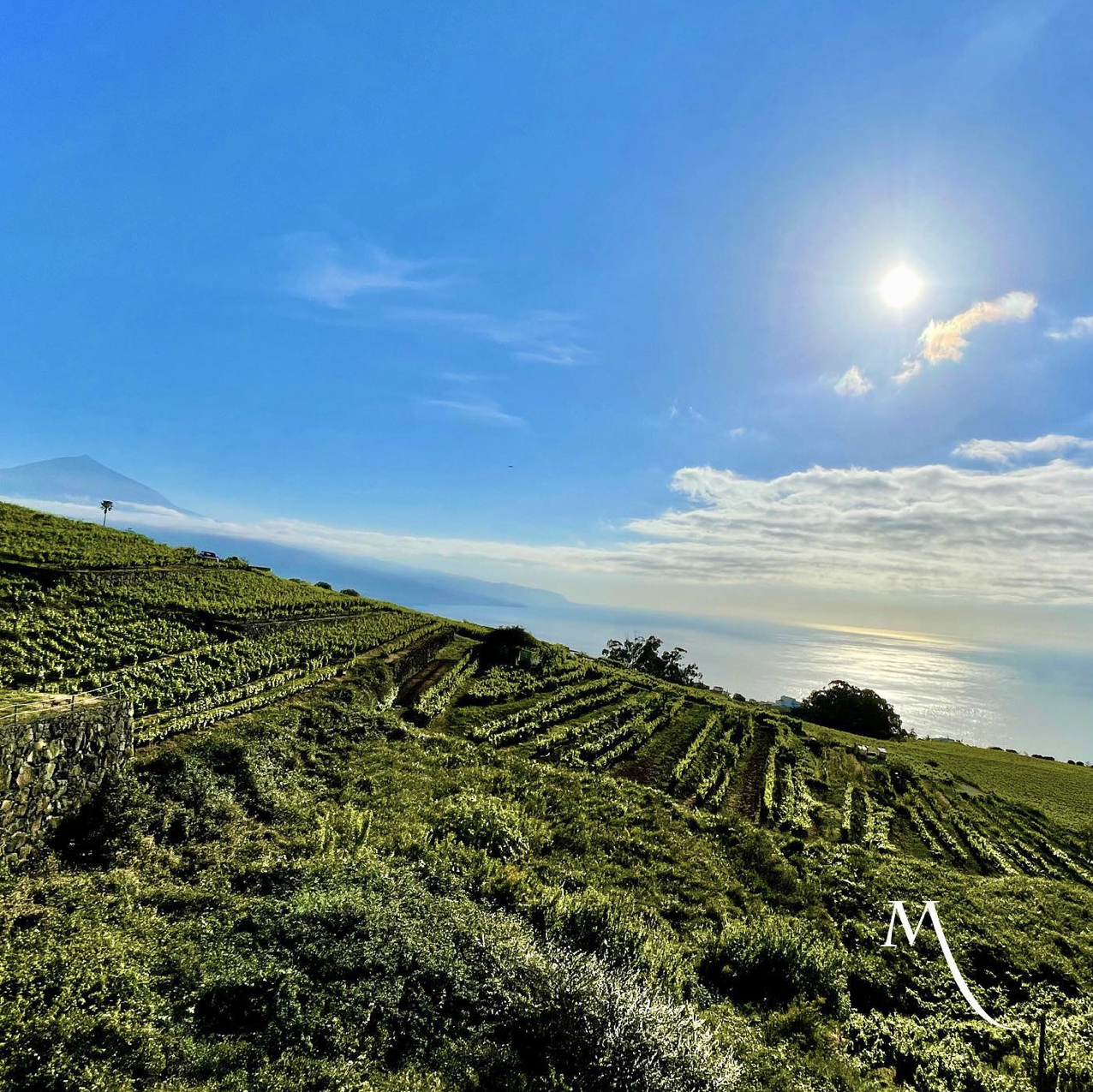
Photo Courtesy of Monje
The wines of Monje are upright and well-structured with a core component of fruitiness that combines their drinkability with a depth of complexity. The standout wine for me was the ‘Hollera’ Carbonica. A blend of Listan Negro with smaller amounts of Negromoll and Listan Blanca vinified carbonically. Like we saw at Vinatigo, Listan Negro lends itself particularly well to carbonic maceration. In less optimal circumstances, Listan can lean a bit too far at times into reductive notes and pepper and potting soil aromas, but the carbonic seems to circumvent any chance of that while simultaneously highlighting the juicy, fresh, and tart red fruits that abound.
Read Part 2
In part two of this travel diary, Hutch takes us through Gran Canaria to Frontón de Oro to explore the wines of Antonio Ramirez. And finally, he visits the famed Bodega Los Bermejos on the remote island of Lanzarote.
